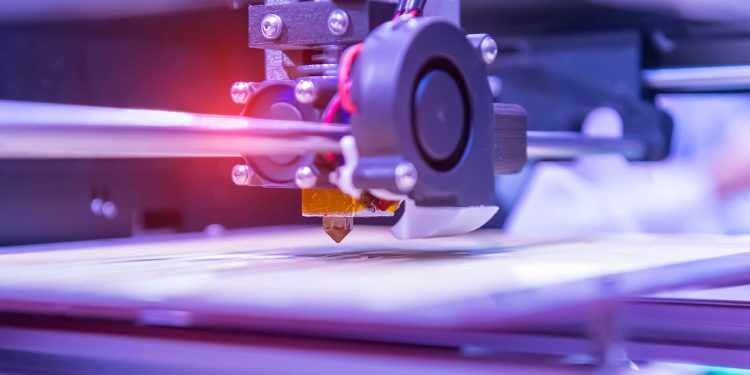In today’s fast-paced world, the printing industry has evolved beyond traditional methods to accommodate diverse needs and technological advancements. Specialized printing has emerged as a vital component, offering tailored solutions for various sectors ranging from healthcare to manufacturing. This article delves into the realm of specialized printing, highlighting its significance, applications, and future prospects.
Understanding Specialized Printing
Specialized printing refers to the process of producing printed materials using advanced techniques and technologies tailored to specific requirements. Unlike conventional printing methods, specialized printing involves customization and precision to meet unique demands across industries. This niche segment encompasses a wide array of techniques such as 3D printing, digital printing, flexography, and screen printing, among others.
Applications of Specialized Printing
Healthcare Sector
Specialized printing has revolutionized the healthcare sector by facilitating the production of personalized medical devices, prosthetics, and anatomical models. 3D printing, in particular, enables the creation of intricate implants and surgical guides with unmatched accuracy, enhancing patient care and surgical outcomes.
Aerospace and Automotive Industries
In aerospace and automotive industries, specialized printing plays a pivotal role in prototyping, manufacturing components, and creating lightweight yet durable parts. Additive manufacturing techniques enable the fabrication of complex geometries and intricate designs, leading to enhanced performance and efficiency.
Fashion and Design
The fashion and design industry has embraced specialized printing to unleash creativity and innovation. Digital textile printing allows designers to experiment with vibrant colors, intricate patterns, and customizable designs, thereby revolutionizing the production of garments, accessories, and home textiles.
Electronics and Consumer Goods
Specialized printing techniques are extensively utilized in the production of electronics and consumer goods. Printed electronics enable the fabrication of flexible circuits, sensors, and RFID tags, paving the way for lightweight and cost-effective solutions in wearable technology, smart packaging, and IoT devices.
Future Trends and Innovations
The landscape of specialized printing continues to evolve, driven by technological advancements and evolving market demands. Some emerging trends and innovations include:
Sustainability Initiatives
With growing environmental concerns, there is a notable shift towards sustainable printing practices. Manufacturers are increasingly adopting eco-friendly materials, recycling processes, and energy-efficient technologies to minimize environmental impact and promote sustainability across the printing industry.
Integration of AI and Automation
The integration of artificial intelligence (AI) and automation is revolutionizing the specialized printing landscape. AI-driven algorithms optimize print processes, enhance quality control, and streamline production workflows, thereby improving efficiency and reducing time-to-market for printed products.
Advancements in Material Science
Innovations in material science are expanding the possibilities of specialized printing. Researchers are exploring novel materials such as biodegradable polymers, conductive inks, and nanocomposites, unlocking new applications in healthcare, electronics, and renewable energy sectors.
Personalization and Mass Customization
Consumer preferences are shifting towards personalized products and experiences. Specialized printing enables mass customization, allowing brands to offer tailored solutions and unique designs to individual customers, thereby fostering brand loyalty and customer engagement.
Conclusion
Specialized printing continues to redefine the boundaries of traditional printing methods, offering unparalleled flexibility, precision, and customization across various industries. As technology continues to advance and market dynamics evolve, the future of specialized printing holds immense potential for innovation and growth. By embracing emerging trends and leveraging cutting-edge technologies, businesses can unlock new opportunities and stay ahead in the competitive landscape of specialized printing.
















